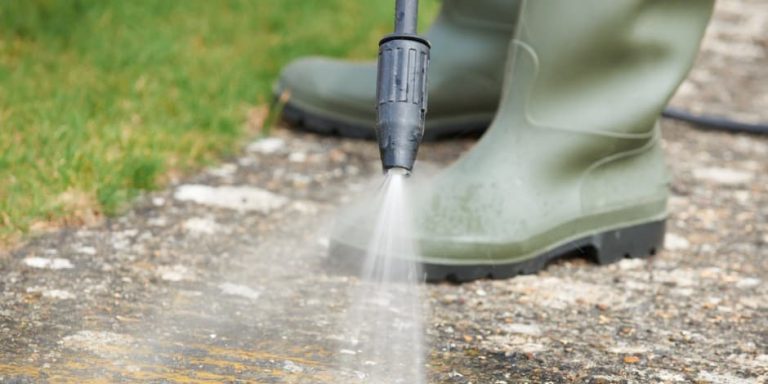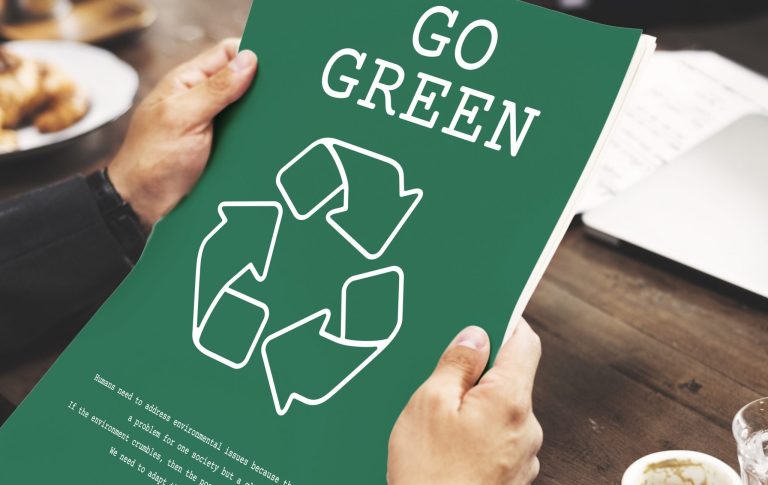
When it comes to cleaning large surfaces like siding, roofs, and concrete, many property owners face a choice: soft washing or pressure washing? Both have their strengths, but their environmental impact can vary greatly.
In this article, we’ll break down the key differences between these two methods and help you understand the eco-pros and cons of each. 🌍🧽
🧼 What’s the Difference?
Pressure Washing
This method uses water at very high pressure—often over 2,000 PSI—to strip away dirt, grime, algae, and paint. It’s extremely effective on hard, durable surfaces like concrete and brick.
Soft Washing
Soft washing uses low-pressure water (typically under 500 PSI) combined with specialized cleaning solutions, such as surfactants and algaecides. It’s commonly used for more delicate surfaces like siding, stucco, and roofs.
💧 Environmental Pros and Cons
Water Usage
- Pressure washing typically uses more water per minute but for a shorter duration.
- Soft washing uses less pressure, but because it relies on chemical dwell time, the process can take longer.
✅ Tie: Efficiency depends on the surface being cleaned and technique used.
Chemical Impact
- Pressure washing often uses just water—or minimal detergent.
- Soft washing always uses chemicals, which can harm plants, soil, or waterways if not properly managed.
🚫 Soft washing tends to pose greater risks if chemicals aren’t biodegradable or runoff isn’t controlled.
Energy Consumption
- Pressure washers often use gas-powered engines, creating emissions.
- Soft washing setups are usually electric or lower powered.
🌱 Soft washing wins this round for reduced emissions.
Surface Damage Risk
- Pressure washing can damage softer materials, leading to increased waste and replacement costs.
- Soft washing is gentler and causes less physical wear.
♻️ Less damage = less environmental cost in materials over time.
🌊 Runoff and Water Pollution
One of the biggest concerns with both methods is runoff.
- Pressure washing runoff may carry dirt, paint, or oil into storm drains.
- Soft washing runoff can carry chemicals—some of which are toxic to aquatic life. 🐠💀
To reduce harm:
- Use eco-safe detergents
- Divert runoff away from drains
- Employ catchment systems or wash over gravel
Browse Amazon Here For Top Rated Power Washers And Accessories
🧠 When to Use Each Method
| Surface Type | Best Method | Why |
|---|---|---|
| Concrete Driveways | Pressure Washing | High pressure needed for grime |
| Vinyl Siding | Soft Washing | Avoids cracking or water intrusion |
| Roof Shingles | Soft Washing | Won’t dislodge or damage material |
| Brick Patios | Pressure Washing | Effective on sturdy, flat surfaces |
✅ Best Practices for Both Methods
- Always use biodegradable cleaners 🌿
- Avoid cleaning near storm drains
- Cover nearby plants and soil beds
- Use only the pressure needed—don’t overdo it
- Clean during dry weather to prevent chemical spread
🌎 Final Thoughts
Choosing between soft washing and pressure washing isn’t just about convenience—it’s about environmental responsibility. The right method depends on the surface, the goal, and your willingness to take eco-friendly precautions. With thoughtful planning, both can be used safely and sustainably.
In the end, it’s not just about getting things clean—it’s about keeping the planet clean, too. 💚🌊
Browse Amazon Here For Top Rated Power Washers And Accessories






